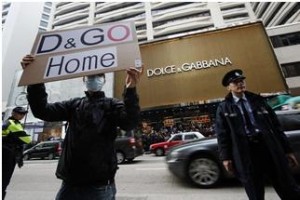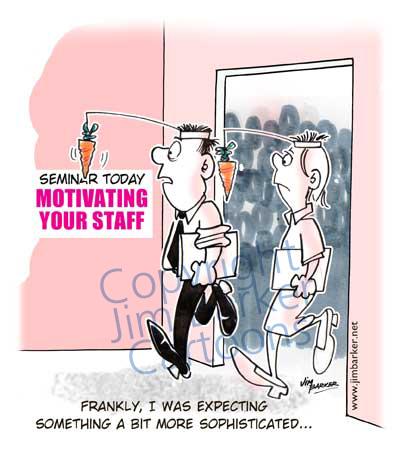I first saw this commercial a few weeks ago in Hong Kong, and was instantly captured by the diamond panther in the beginning that suddenly broke into action. As a consumer, I have always been ignorant to commercials and actually switch the channel when one comes on. However, I was immediately captivated by the shattering of jewels, and stayed wide-eyed throughout the entire commercial. In the beginning with just the panther, I had no idea what the commercial was about which peaked my curiosity even more, until the classic Cartier jewels were shown. I thought, “Classic Cartier, so beautiful.”

This is an amazing advertisement that effectively communicates Cartier’s value. It builds on Cartier’s history, brand exclusivity, and reminds its target audience the legacy of Cartier. The message is executed by creating a fantasy around the brand and it is done beautifully. The most interesting aspect is that the commercial is actually 3:31 minutes long, and takes up the entire slot of advertisement breaks in TV shows. People hardly watch commercials for even 15 seconds, and yet, Cartier is able to capture the audience for the entire 3.5 minutes. Some critics are saying that this is the path commercials should turn to. Instead of creating short, uncreative commercials, companies should take time to think about their advertising objectives, and actually produce something valuable that consumers can admire. Cartier’s Odyssey 2012 commercial lasted two years with a budget of 4 million euros. Bernard Fornas, CEO of Cartier, said, “We’ve set the bar very high for other luxury brands who would like to emphasize their “legend”, if they have one naturally.”

No doubt about it, Cartier has definitely succeeded this with its epic commercial. The “Behind the Scenes” video is even more interesting as we find that Cartier actually used a real panther to shoot the commercial. In addition, the crew travelled to different places with the panther, used a real elephant, and even had an orchestra play for them. It is absolutely amazing to see how much thought and effort the marketing department put into this, and really emphasizes creativity at its peak. With this commercial, there are no questions as to why Cartier is one of the most luxurious brands in the world.


 Not surprisingly, social groups such as the Women and Girls Foundation of Southwest Pennsylvania launched a protest and received national coverage, causing A&F to pull the line from stores. Products such as these are definitely poor marketing techniques as they lead to negative press. In addition, marketing often subliminally affects the way people think, especially children and young adults. Therefore, having such taglines on t-shirts are definitely unethical, and send an improper message to youth. In addition, up to this day, A&F continues to have sexually implicit advertisements and catalogues. A few other stores have also utilized this approach such as Calvin Klein which brings a good point to ponder – Is it really acceptable for companies to use these sorts of marketing techniques? Is it considered unethical or simply good target marketing? Reality is, there really is never a 100% right or wrong in marketing as all parties are subject to their circumstances and situations.
Not surprisingly, social groups such as the Women and Girls Foundation of Southwest Pennsylvania launched a protest and received national coverage, causing A&F to pull the line from stores. Products such as these are definitely poor marketing techniques as they lead to negative press. In addition, marketing often subliminally affects the way people think, especially children and young adults. Therefore, having such taglines on t-shirts are definitely unethical, and send an improper message to youth. In addition, up to this day, A&F continues to have sexually implicit advertisements and catalogues. A few other stores have also utilized this approach such as Calvin Klein which brings a good point to ponder – Is it really acceptable for companies to use these sorts of marketing techniques? Is it considered unethical or simply good target marketing? Reality is, there really is never a 100% right or wrong in marketing as all parties are subject to their circumstances and situations.







